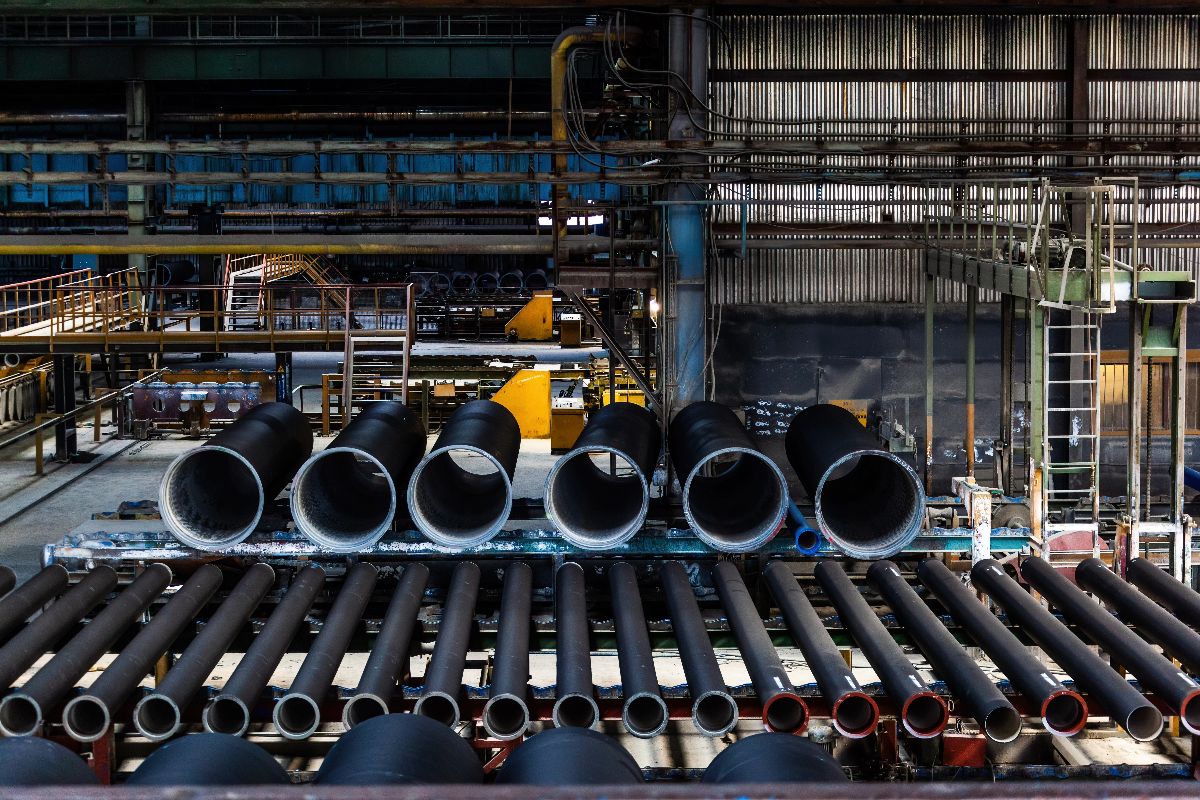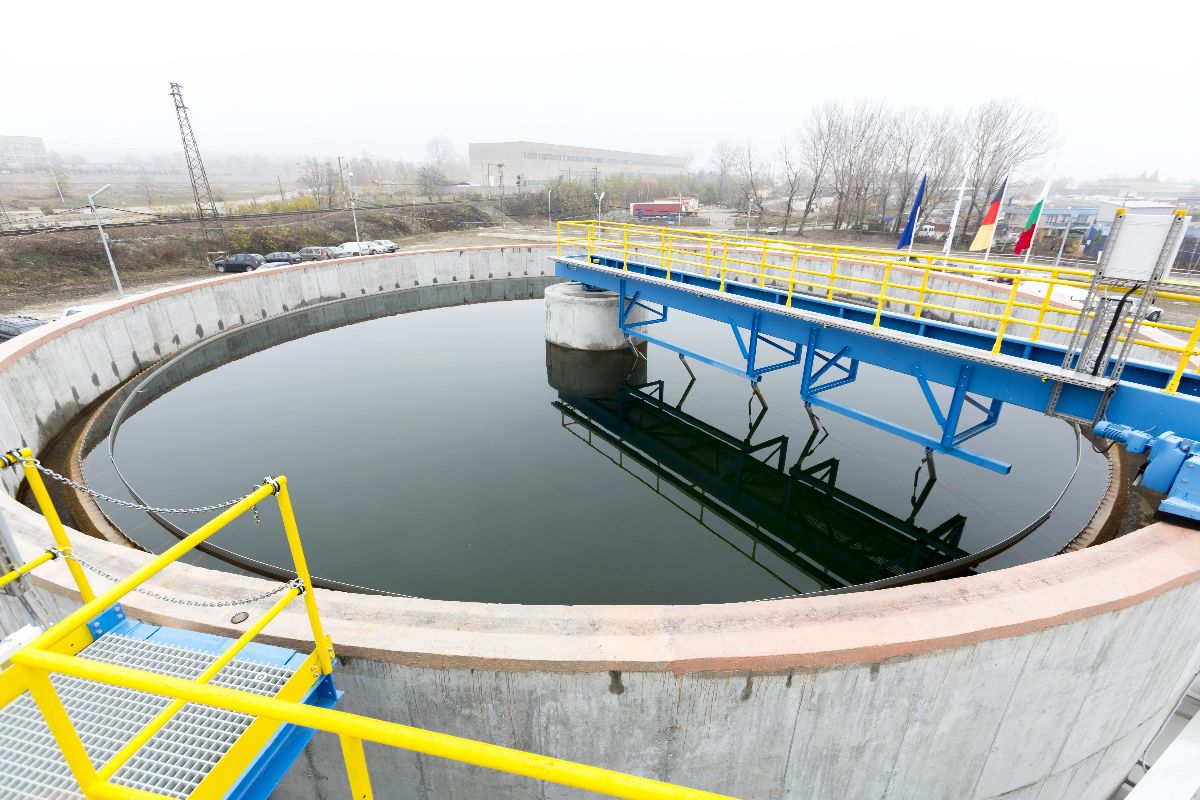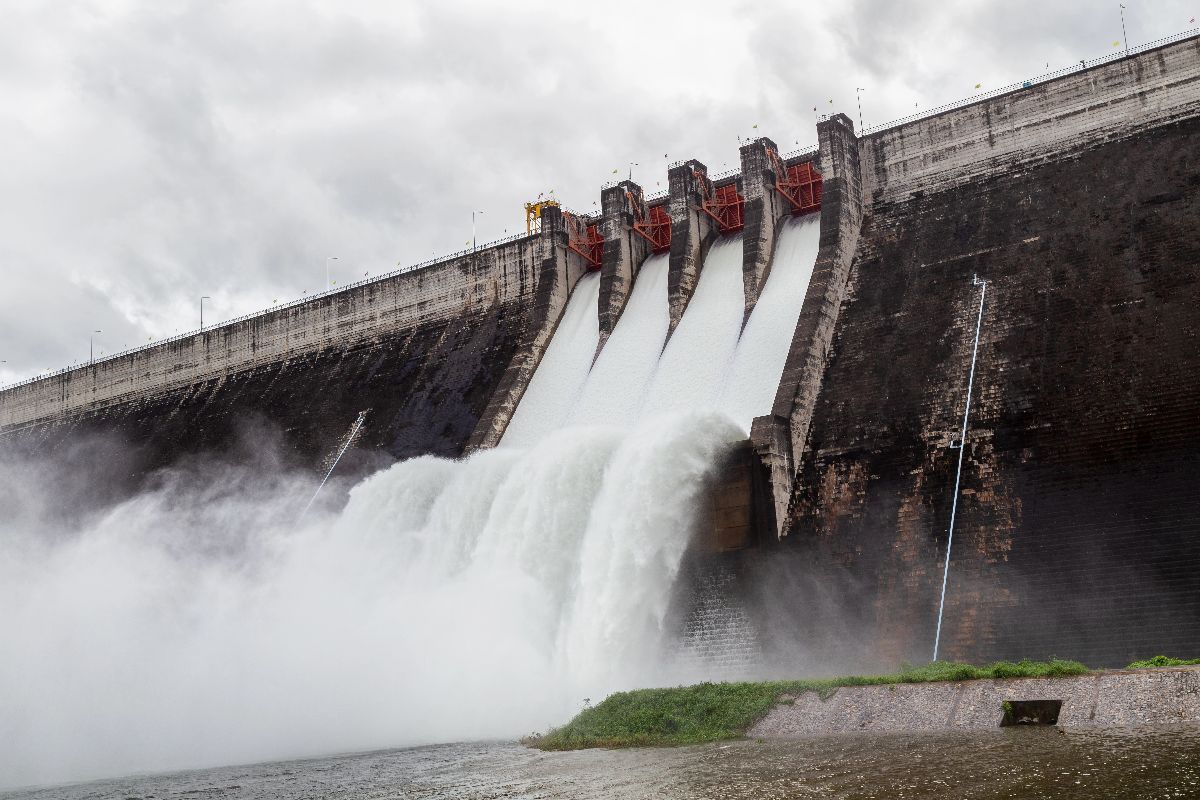
5 Welded Steel Pipe Applications for the Rainy Season
What are the different welded steel pipe applications for the rainy season?
- Drainage systems
- Rainwater harvesting
- Water transmission pipelines
- Flood control systems
- Urban infrastructure support
Overview
- Welded steel pipes are essential for resilient infrastructure during the Philippine rainy season, offering high tensile strength and leak-resistant welds for dependable performance under pressure.
- Key applications include robust drainage systems, efficient rainwater harvesting, reliable water transmission pipelines, effective flood control systems, and critical urban infrastructure support.
- Their galvanization and structural integrity prevent corrosion and withstand environmental stressors, making them a durable, reliable choice for challenging wet-season installations, with suppliers like Supreme Pipe offering tailored solutions.
Across the Philippines, the rainy season can test the limits of even well-planned infrastructure. Prolonged exposure to water, shifting soil, and flooding compromises entire pipe networks. When materials aren’t up to the task, rework, system failure, and long-term site damage become real risks.
This is where welded steel pipes stand out. With their high tensile strength, leak-resistant welds, and dependable performance under pressure, they’re built to handle the environmental demands of wet-season installations. Engineers and contractors rely on them where failure isn’t an option.
This article explores different welded steel pipe applications for the rainy season and how they help ensure long-term resilience across demanding projects.
Drainage Systems
When drainage systems fail during the rainy season, the consequences are rarely isolated. Road closures, overwhelmed floodways, and backflow into residential areas point to one thing: poor capacity planning or underperforming materials.
In both public and private projects, welded steel pipes serve as a stable core for stormwater redirection. Their appeal lies in what they prevent. Seamless welds eliminate points of weakness that typically split under surging flow, while their rigidity resists deformation from soil shifts and heavy surface loads.
This is especially useful where gradients vary or pipelines run beneath roadways and paved surfaces.
For engineers, this balance of strength and integrity enables drainage systems that respond predictably during peak rainfall—not just in theory, but in real ground conditions.
Rainwater Harvesting

High volume and unpredictable intensity of rainwater can break poorly built systems. Welded steel pipes offer the structural discipline needed to move large quantities of collected rain from the roof to the reservoir without fatigue or leakage.
Beyond flow performance, material hygiene matters. Galvanized or lined welded pipes help reduce the risk of microbial growth or metal leaching, preserving water quality for greywater use or further treatment.
The rainy season brings volume, but welded steel ensures it becomes usable output—delivered cleanly, reliably, and with minimal system stress.
Water Transmission Pipelines
Not all challenges during the wet season come from excess water. In many provinces, distribution lines must carry treated water across kilometers of unstable, rain-saturated terrain—without succumbing to leaks, bursts, or collapse.
In these high-stakes routes, welded steel pipes are a preferred material for transmission mains.
Their structural uniformity enables them to withstand pressurized flow over long distances, while the absence of mechanical joints reduces the maintenance typically associated with joint failures.
These pipes also perform reliably under buried conditions where access is limited and saturation persists.
For project owners, the payoff is system uptime. Even when access roads are flooded or maintenance is delayed, welded steel keeps water moving.
Flood Control Systems

Flood control is about speed, precision, and preventing failure under stress. Whether managing overflow from rivers or redirecting stormwater around critical infrastructure, planners need materials that perform without hesitation.
Welded steel pipes meet this demand in culvert design, channel bypasses, and emergency release networks.
Coated variants resist corrosion and abrasion from silt, gravel, and other storm debris. Just as importantly, pipe strength remains uncompromised even under roads and load-bearing installations.
Urban Infrastructure Support
In urban projects, water isn’t the only thing in motion. Saturated foundations, shifting fill material, and hydrostatic pressure can compromise core infrastructure from beneath.
Welded steel pipes, seen as conduits, also serve critical roles as structural elements in deep foundation systems and ground support.
Used in piling or microtunneling, they lend stability to transit corridors, bridge supports, and flood-control barriers, especially in low-lying areas where seasonal saturation challenges ground integrity. Their high load-bearing capacity supports heavier builds, and uniformity streamlines design calculations.
This crossover utility—between fluid transport and structural reinforcement—makes them an asset on sites where both roles are under seasonal pressure.
How Welded Pipes Support Resilience during the Rainy Season
Rainy season infrastructure requires systems that endure constant wet exposure, ground shifts, and pressure spikes.
Welded steel pipes meet this challenge by offering both structural strength and long-term material performance, even in tropical conditions that accelerate wear.
Galvanized coatings help protect against rust and moisture-induced degradation, while welded seams create continuous flow channels with fewer leak points.
For planners, the availability of ERW and spiral-welded formats enables a tailored fit across low- to high-pressure uses.
Equally important is speed. With customizable lengths and quick-fit ends, welded pipes simplify installation in tight project windows.
These capabilities are essential to the many welded steel pipe applications for the rainy season, where endurance, not just functionality, dictates long-term performance.
Why Choose Supreme Pipe for Reliable Rainy Season Solutions
Sourcing welded steel pipes during the rainy season requires a supplier that understands local conditions and project pressures. In high-risk environments where delays and material failures can disrupt entire systems, reliability becomes a critical part of the equation.
At Supreme Steel Pipe Corp., we supply welded steel pipes engineered to perform where it counts. Our galvanized options stand up to weeks of rain exposure without corroding or compromising structural integrity.
We collaborate closely with contractors, planners, and public-sector partners to deliver timely, compliant solutions when urgency meets technical demand.
Key Takeaway
By understanding how welded pipes are used during the rainy season, you gain a clearer lens for matching materials to real-world stresses—whether that means absorbing high-volume flow, reinforcing shifting soil, or eliminating weak points from your design altogether.
Face the wet season with confidence at Supreme Pipe. We offer durable and reliable piping solutions built to withstand challenging weather conditions. Contact us today to learn more.


